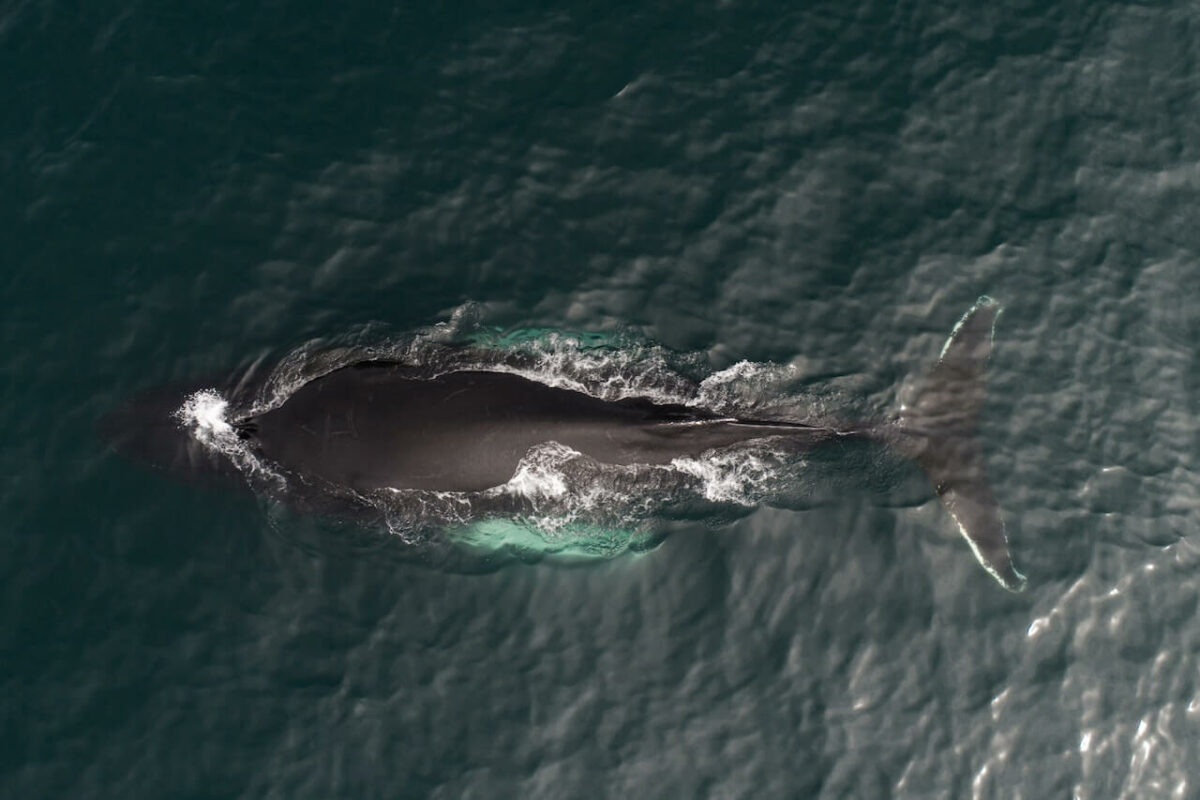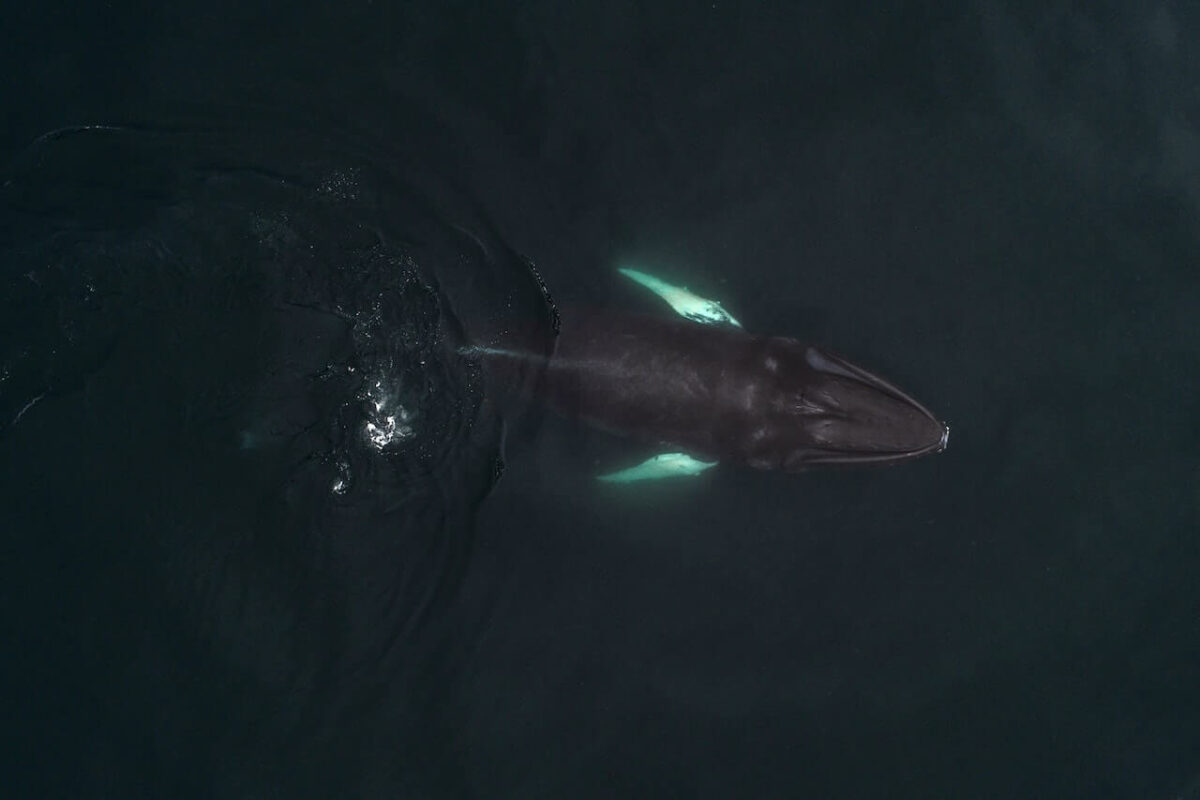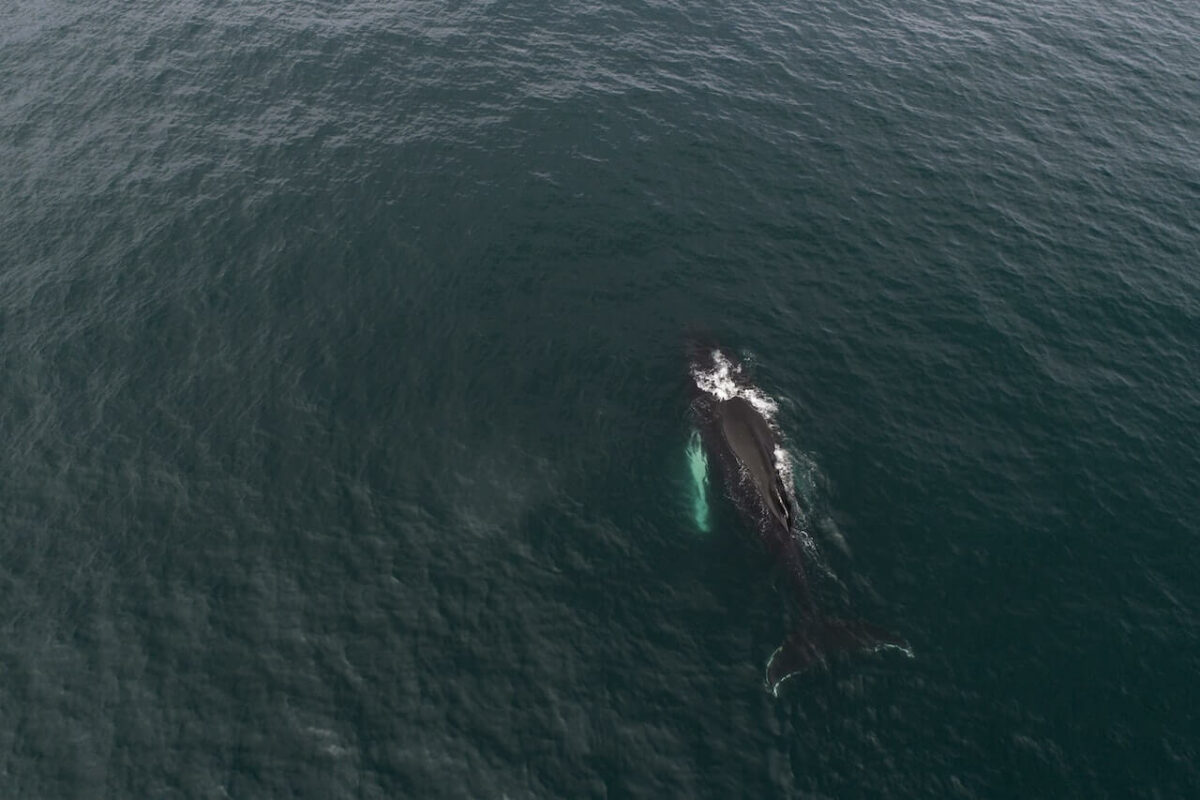Whales are some of the largest animals to have ever roamed the earth, and they have captivated humans for centuries due to their size, curiosity, and behaviors.
Despite our fascination with whales, there is still a lot we don’t know about the mysterious animals, including their life cycle, the height of their intelligence, and their reproduction process.
When it comes to breathing, these air-breathing mammals have evolved a unique set of adaptations that allows them to survive in the ocean.
However, many people still wonder about how this process works and want answers to a surprisingly common question. Do whales have gills?
In this post, we’re going to go through everything you need to know about the adaptations whales have that allow them to breathe and thrive in the ocean.
If you’ve ever been curious about whether whales have gills, you’re in the right place!
Do Whales Have Gills?
No, whales do not have gills. They are marine mammals that breathe air and to do this must surface and breathe through their blowhole.
Like terrestrial animals, whales have lungs that allow them to extract oxygen from the air they breathe in order to submerge for extended periods.
Living in the ocean requires whales to be able to hold their breath to be able to hunt for prey, mate, and migrate.

Unlike fish and sharks, whales are not able to extract oxygen directly from the water through their gills, so must return to the surface every now and again to breathe.
The length of time a whale can stay submerged and hold its breath will depend on the species and its lung capacity, but all whales must return to the surface eventually to breathe.
Why Do Whales Not Have Gills?
The reason why whales do not have gills is that they have lungs instead, and therefore did not evolve to require gills.
Whales are mammals, not fish. This means that instead of gills to extract oxygen directly from the water, they have lungs that extract oxygen from the air instead.
Whales have been around for about 50 million years, and during this time they’ve evolved to rely on their lungs for breathing and extracting oxygen.
They have a blowhole on top of their head that allows them to break the surface of the water and breathe quickly without the need for their whole body to come out of the water.
Whilst having lungs may seem like a disadvantage for whales, it actually allows for great mobility in the water.
Not only that, but whales are able to hold their breath for long periods and can slow their heart rate down so that their body uses less oxygen when diving.
This allows whales to submerge and dive for up to one hour in most species, but some whales can dive for as long as 222 minutes!
Whilst having gills may seem ideal for whales, lungs are also incredibly efficient and allow these marine giants to thrive in their ocean habitats.
How Do Whales Breathe?
Whales breathe by returning to the surface and using their blowhole to exhale the stale air and then inhale a breath of fresh air.
It’s a quick process that only takes a couple of seconds as whales are able to collapse and expand their lungs quickly.
Once the whale takes in a breath, it closes its blowhole so that no water can enter its lungs.
Their lungs fill up with oxygen and they use a highly stable protein called myoglobin which stores oxygen in their muscles for a long time, powering their muscles.
Most large whale species will surface to breathe once every 10 – 15 minutes or so, but they need to breathe more often when swimming at high speeds to escape predators.
When sleeping, they remain near the surface and shut one side of their brain down at a time so that they can remain active and breathe without drowning.
Whales are conscious breathers which means they have to make a conscious decision to breathe, unlike us humans.
Therefore they can’t shut down all of their brains at once and fall into a deep sleep as this could cause them to be attacked by a predator or drown.
Do Whales Accidentally Breathe In Water?
Whales RARELY breathe in water. They have highly sophisticated respiratory systems and have evolved over millions of years to breathe perfectly in the ocean.
However, some water may enter the whale’s blowhole if the animal is injured, in choppy waters, or is disorientated.
These circumstances can be very dangerous for whales as if water enters their blowhole they may develop a lung infection or in some cases drown.

But it’s important to note that these cases are few and far between. Whales close their blowhole at just the right time so not a single drop enters their lungs.
They were born in the ocean and have learned how to breathe correctly since they were born, so it’s not often water accidentally enters a whale’s lungs.
Wrapping Up
To close, whales DO NOT have gills. Unlike fish, sharks, and some other marine creatures, whales are mammals that have lungs to breathe.
A whale’s lung capacity is about the same volume as a small car, so they’re able to hold their breath for long periods and dive deep in search of food.
Whilst gills are generally more efficient at extracting oxygen, whales have evolved to use their lungs incredibly efficiently over millions of years.
They have special adaptations such as a blowhole that allows them to breathe without leaving the water fully.
This means they simply allow their blowhole to break the surface, breathe, and then resubmerge for around one hour in most species.
I hope you’ve enjoyed this post and have learned why whales do not have gills and instead breathe through their massive lungs.
See you in the next one!

Hi, I’m George – the founder of MarinePatch. I created this blog as marine wildlife has been my passion for many years. I’ve spent over a decade in the marine wildlife industry and spent years out in the field conducting research. In today’s modern world, an online blog is the best place for me to share my findings and reach as many people as possible to help educate and inspire others. Enjoy your time here and you’re welcome back anytime!

